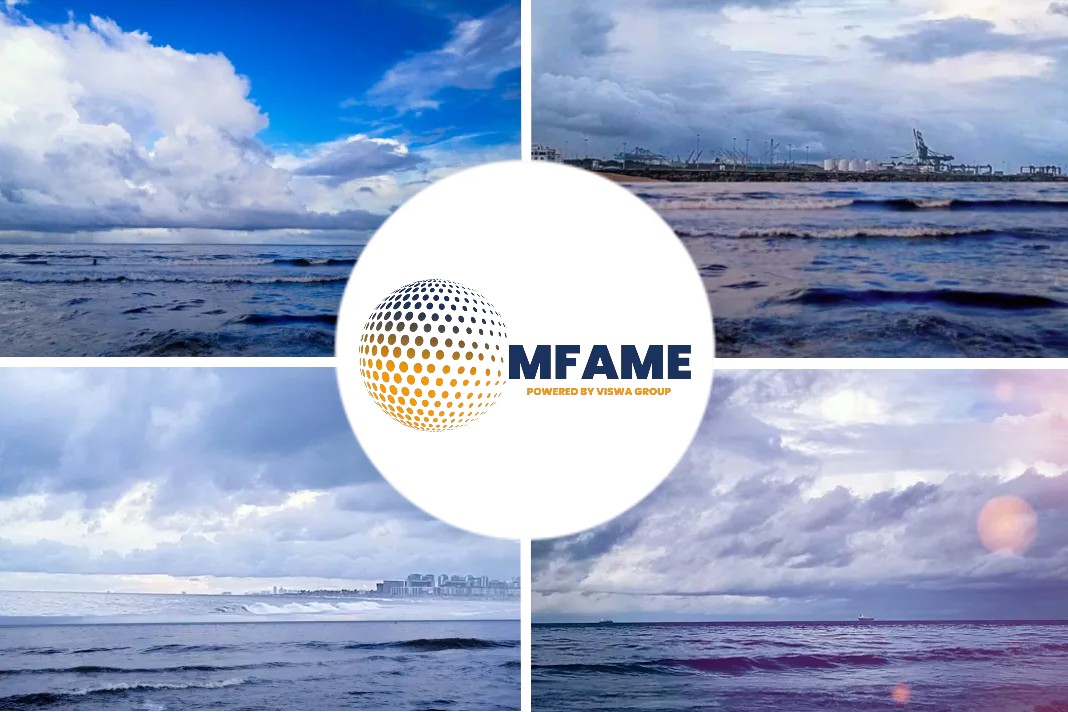- Vessel Shortages expected through Lunar New Year
- Freight rates doubled in major Asian routes.
- Asian polymers hit by delays, price rises
- Maersk’s Taiwan-India rate tops $4,000/FEU
- The extremely volatile market is making prices valid only for a week.
- The container Shortage is likely to spill over the first quarter of 2021.
According to a Platts report, vessel capacity shortages and trade disruptions in Asia’s container shipping markets are impacting the region’s polymer trade flows and prices, with little hope of the container market re-balancing before the Lunar New Year, trade sources said this week.
Freight Rates Double
Container freight prices on most routes within Asia have more than doubled since the start of October, amid the capacity crunch.
Container freight from Far East to India or to Southeast Asia has risen to $2,500-$3,000/FEU, compared with around $1,000/FEU at the end of September, a Mumbai-based freight forwarder said.
From Taiwan to India, Maersk quoted the container rate at $4,120/FEU last week.
“This is the first time I have seen such a high rate on what is a relatively short-haul route,” the freight-forwarder said, adding that in September container freight on this route was anywhere between $800/FEU and $1,000/FEU.
Prices Only Valid for A Week
“Freight is so volatile at the moment that prices quoted by carriers are valid for just a week,” a second freight broker said. Asia polymer prices rise as container freight surges.
Many carriers announced general rate increases of $100-$150 per container mid-November, and another round of increases is expected to come into effect from the start of December.
Container Shortage Triggered This
The surge in freight rates is largely due to the severe container shortage that most Asian countries — particularly North China and Vietnam — are facing, according to Jon Monroe, the founder of Jon Monroe Consulting.
The unemployment benefit in the US led to a boom in demand, and merchants were willing to pay double the freight to ship goods from China to the US on time, Nick Coverdale of Agree Freight said.
Containers started piling up in the US and Europe, but were slower in coming back to Asia, where coronavirus lockdowns have hurt demand for imported goods.
Initially, this pushed up freight on trans-Pacific and trans-continental routes only, but soon led to a severe shortage of containers within Asia, as carriers prioritized more lucrative long-haul routes.
Rise in Asia Polymer Prices
The scarcity of container capacity has affected trade flows and caused delays in Asia’s polymers markets.
“Polymer shipments all over Asia are facing delays because sellers can’t find containers. Even when sellers do manage to get containers, it’s difficult to find space in vessels,” one Malaysian polymer trader said.
Polymer sellers in China have sought renegotiation of polymer prices to mitigate the surge in freight costs.
“The increase in freight costs will eat into the margins of sellers, so they have asked buyers to bear at least half of the freight cost increase,” a Mumbai-based polymer trader said.
The increase in container freight costs has also pushed up polymer prices in Asia.
Taiwan’s Formosa Plastics offered PVC for December delivery at $1,100/mt CFR China, up $40/mt from the previous month, and at $1,220/mt CFR India, $100/mt higher on the month, according to market sources.
It is unusual for Formosa to differentiate monthly price changes according to regions. Market sources said Formosa’s price increase for India was much higher compared to China mainly due to the higher freight costs.
For purified terephthalic acid too, the spread between CFR India and CFR China prices widened to a record high of $103/mt on Nov. 20, according to Platts data, largely due to the increase in freight costs.
Taiwanese producers could not conclude PTA deals for December shipments because of uncertainty over container availability, a source said.
Container Shortage Spilling To 2021?
There is little relief in sight before the end of the year, and there is likelihood that the capacity shortages will spill over into the first quarter of 2021.
The shortage is likely to last at least till the Lunar New Year Holiday in February, Coverdale said.
Carriers have started focusing on getting empty containers back from US and Europe into China, but it would still take months for trade flows to normalize, the freight forwarder from Mumbai said.
Earlier in November, Hapag Lloyd said it would stop taking agricultural cargoes from the US to China to shorten the turnaround time for getting empty containers back to China.
But even with measures such as this, it would take a while for the trade imbalance to ease, traders said.
Did you subscribe to our daily newsletter?
It’s Free! Click here to Subscribe!
Source: Platts

















